MEL Medicine is a monthly subscription box for kids 14-99+ that includes exciting hands-on kits designed to bring Med School home. Certified safe and packed with professional medical tools, this kit is filled with experiments, procedures, and discoveries for the whole family.
This month we reviewed the Pharmacy kit from MEL Medicine.
This box was sent to us at no cost for review. (Check out our editorial guidelines to learn more about how we review boxes.)
MEL Medicine: Pharmacy
For those new here, I am an educator and mom, and love supplementing at-home learning into my kids' public school education. That being said, I was absolutely thrilled to receive a surprise shipment of the MEL Medicine boxes for Hank and I to try out. While Hank is a couple of years short of the intended age, (he's almost 12, when this is geared towards 14 and up), he was really excited to try this kit out. This is our second shipment, and after learning about urinalysis with our first box, Hank was really excited to see what pharmacy was all about.
Not only was Hank excited to receive this kit in the mail, but he really appreciated the professional tools inside. Paired with the app, we couldn't wait to see where this month's theme would take us. Read below to find out what we discovered.
Organized neatly and tucked away in foam, all components were laid out in a very organized manner. Hank was extremely intrigued when he saw the bottles of chemicals, and couldn't wait to see what we would be doing with it.
MEL Medicine "Pharmacy" Tests
In this month's box, we were provided with the materials to perform a mix of 7 case studies/experiments/projects. MEL Medicine utilizes their app for instructions, so you will have to download it for a guide.
Supplies
This kit came with a ton of professional supplies. Because a lot of these supplies are used throughout many of the experiments, we will go through everything included first.
Safety Supplies
Because we are working with chemicals, a pair of heavy duty safety glasses were included, along with two pairs of gloves in medium and large sizes.
Hammer, Mortar and Pestle, Tablet Press, and Cards
Including professional supplies, Hank received a legitimate hammer, glass mortar and pestle, tablet press, and pharmacy cards. These tools are things you would see in a pharmacy and can be used over and over again. This truly makes the box feel realistic, and not like a play set. We were both left truly impressed!
Chemicals
No experiment would be complete without the use of chemicals! To perform our necessary tests, we received a ton of different chemical agents, and even empty capsules to fill!
Measuring Tools
Also included were a few different measuring tools. Capped vials, two measuring spoons, multiple pipettes, a measuring cup, and mixing sticks were also included. Seriously - these are professional supplies that I used in the actual laboratory when I worked at the hospital.
Test Tubes and Rack
To round out the box, we also received a test tube holder and test tubes. This is where some of the experiments will be happening, and it was nice to receive such a professional set!
Project #1 Internship Pharmacy
To start this months kit off, Hank read through the information on the box, and opened up the kit. Seeing all of the included parts and pieces got him excited, and he declared that he truly felt like a scientist working in a lab. After becoming familiar with all of the components, we jumped on the app and started learning about how to take a patient's history. Using the included case history and set of cards, Hank went through and listened to the included lecture and learned what information is important, and what is not. This was a great introduction, and started us off in a good place.
Project #2 Fizzy Tablet
The first project Hank was able to complete was one that produced fizzy tablets. After watching a lecture regarding the difference between fat-soluble vitamins and water-soluble vitamins, Hank gathered the necessary components to make effervescent vitamin C tablets. Putting on gloves, Hank did a lot of measuring and mixing in his mortar and pestle. He did a great job at following directions, though struggled with the pipette to add the water. After a little bit of practice, he became a pro, and was super excited to try out the tablet press. Setting up the press was easy, as was the measuring. The most fun was hammering the top of the press and popping out the tablet. He had enough powder to make multiple tablets, and even let his little brother try. After this project Hank was ready to sign up for pharmacy school!
Once the tablets were created, he poured water into a test tube to see if the tablets had the ability to disintegrate in liquid within 30 seconds. It worked! The sodium from the sodium hydrogen carbonate replaced hydrogen in citric acid, and bubbles formed! Yay!
Project #3 Identification Test
The next project we conducted was to see if a solution contains ascorbic acid. After a short lecture, Hank performed an identification test with methylene blue. Placing two test tubes in the stand, he added water to each, and methylene blue to one. Adding one of the tablets created earlier, Hank waited until it was dissolved and watched the solution change to colorless. Setting that test tube aside, he added potassium hexacyanoferrate to the other tube to perform a redox reaction. Adding a vitamin C table to this mixture, we waited for it to dissolve and then added iron chloride. Within a minute, blue sediment formed. Since ascorbic acid is a good reducing agent and potassium hexacyanoferrate is a very strong oxidizer, it is eager to accept any available electrons and transform into potassium hexacyanoferrate, which reacts with the iron chloride to form the bright blue color. Neat!
Project #4 Quantification Test
The next test measures the quantity of ascorbic acid in a solution. After a short video, Hank gathered the necessary supplies and got to work pouring hot water into the included cup. He then added two small spoonfuls of starch, and mixed thoroughly. Once complete, he added twenty drops of potassium iodide and 50 mL of water. Adding a tablet to the solution, he waited 30 seconds for it to dissolve. Adding a drop of iron chloride and mixing throughly, he added the drops until it retained a consistent blueish black color. This took about 30 drops. This color is formed because of the reaction between the trioxide complex with starch. Because starch is made up of two types of molecules: amylose and amylopectin, the amylose looks like a coil and the trioxide molecules and turns blue-black. Cool!
Project #5 Pill
Because of a recent toenail infection, Hank had to take some antibiotic capsules that looked similar to the ones that were included with the kit. He had actually had questions about how a pill works during that week, and now was able to see if for himself. To create his very own capsule, he first listened to the informative lecture about the importance of vitamins and minerals. To prepare the iron supplement capsule, he first measured iron sulfate and ascorbic acid into the longer side of the capsule with the tiny funnel he received. Placing the top on the capsule, it was made and he thought it was pretty fun. To conduct the identification test, he added water to a test tube and added a bit of sodium hydrogen carbonate to create an acidic environment like a stomach. Placing the capsule in the solution, we waited 90 minutes to see that the capsule fully dissolved the the iron was utilized and the solution then turned a blue violet color.
Project #6 Suppository
The next project we were to conduct was a suppository. Hank had no clue what this was, and was shocked to find out that this is a method for getting medicine into the body. While I knew what a suppository was, I haven't had any experience with this delivery method. Random side note though - one of my friends had to give her bearded dragon suppositories quite often because of constipation, so I did have some background knowledge 🤣 Anyways, to create this project, Hank mixed the cocoa butter in his mortar and pestle. These tablets were really hard to crush, so he needed some mom help. Adding sodium hydrogen carbonate, he scraped the mixture together and formed it into a cylinder, cutting it into two parts using the spade. Forming them into cones, the suppositories were ready, and he noted the way it melted in his hand at body temperature. Interesting!
Project #7 Patient Diagnosis
The last project was a patient diagnosis, and since everything was on my phone, it was hard to take photos. Hank was given a patient history and he chose the appropriate questions to ask. After reviewing systems and test results we diagnosed this patient with "Scurvy" and were correct!
Final Thoughts - Was This Box Worth It?
Absolutely! The Pharmacy box was soooo cool!! I know this box is geared towards kids ages 14+, but with the nicely laid out app and my help, Hank learned a lot. With my background in lab science and a lot of college classes geared towards clinical chemistry and immunology, though my degree isn't in pharmacy, I had pretty good background knowledge to share with my son, especially in the field of vitamins, minerals, and reactions. That being said, this box is quite time consuming. There are a lot of parts and pieces, but we did this one in one session. It was fun to go from start to finish and have Hank watch the process unfold. He loved created the vitamin C tablets, had fun filling the capsules, and laughed his way through the suppository. Overall, this subscription was a great fit for my family, and a wonderful project for us to experience together, all while learning about science and medicine - possibly helping Hank either choose a career in medicine, or find out it's not for him.
I also want to note that there are always additional experiments that you can do online with these boxes if your child is so inclined. I have downloaded the app and have found a ton of extra experiments, awards, AR and VR opportunities, and more! Check it out!
The Cost: Subscriptions start at $64.90
To Wrap Up:
Can you still get this box if you sign up today? Yes, this box is still available. From MEL Medicine:
"Your first package will arrive within 2 weeks of registration. Subsequent monthly packages will be delivered within 2 weeks of each monthly charge."
What do you think of MEL Medicine? Let us know below!

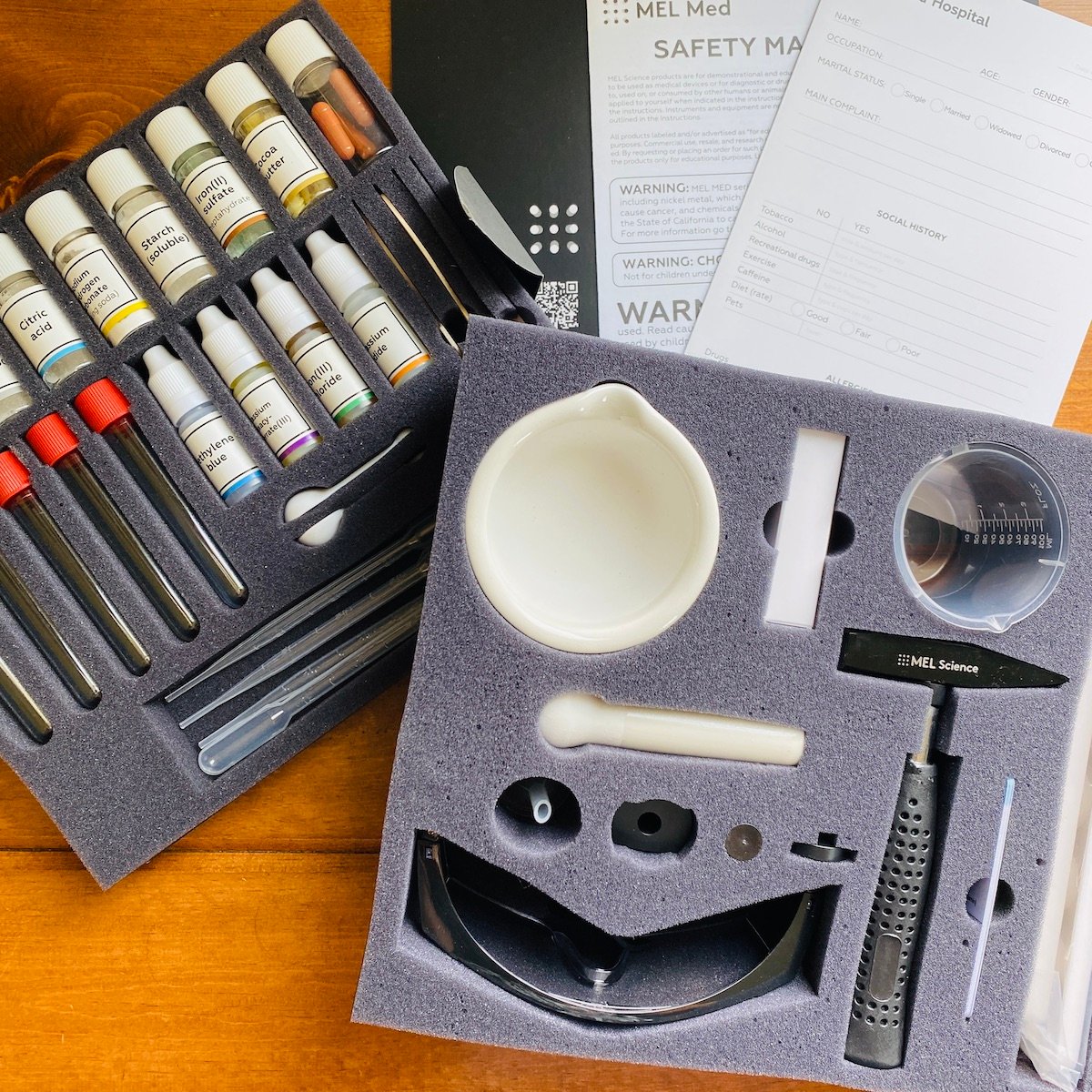


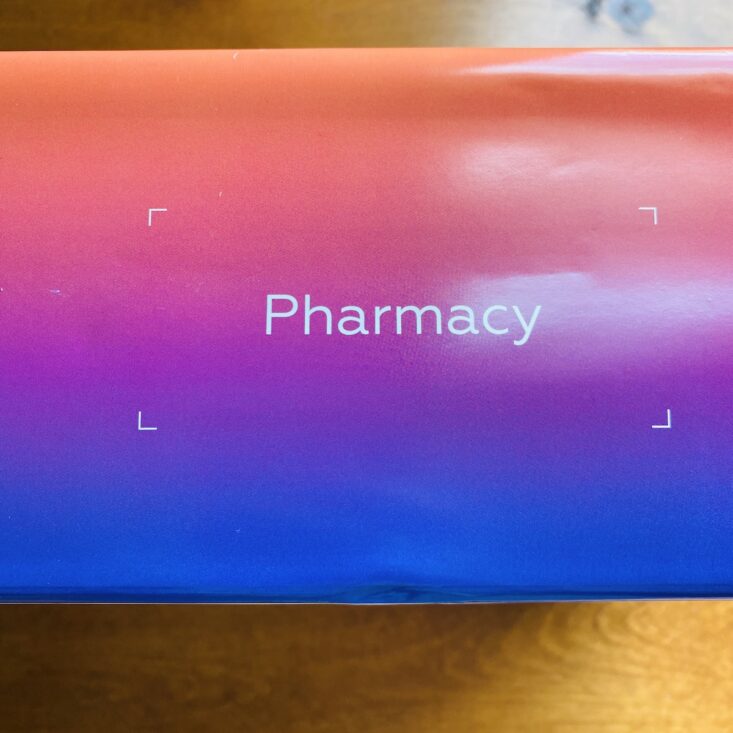












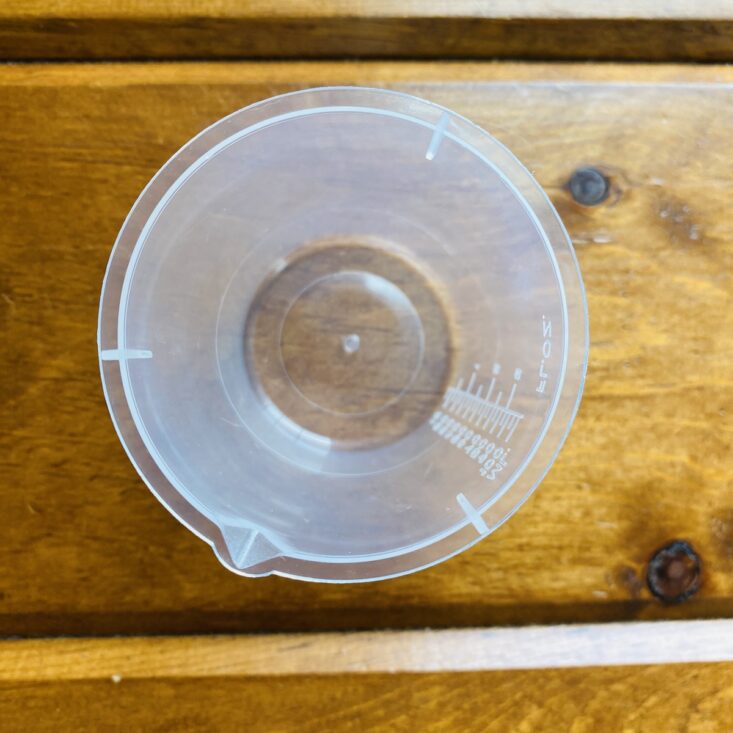















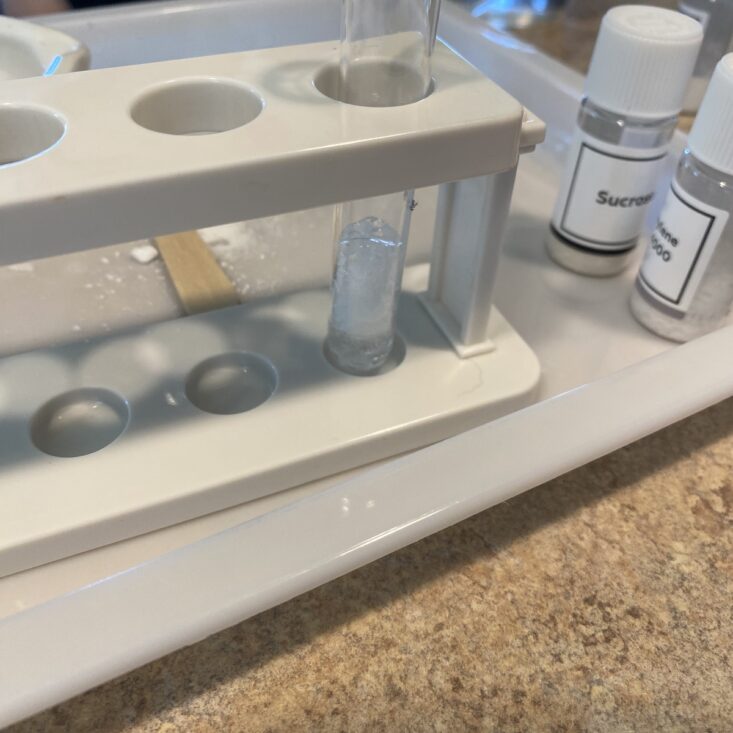








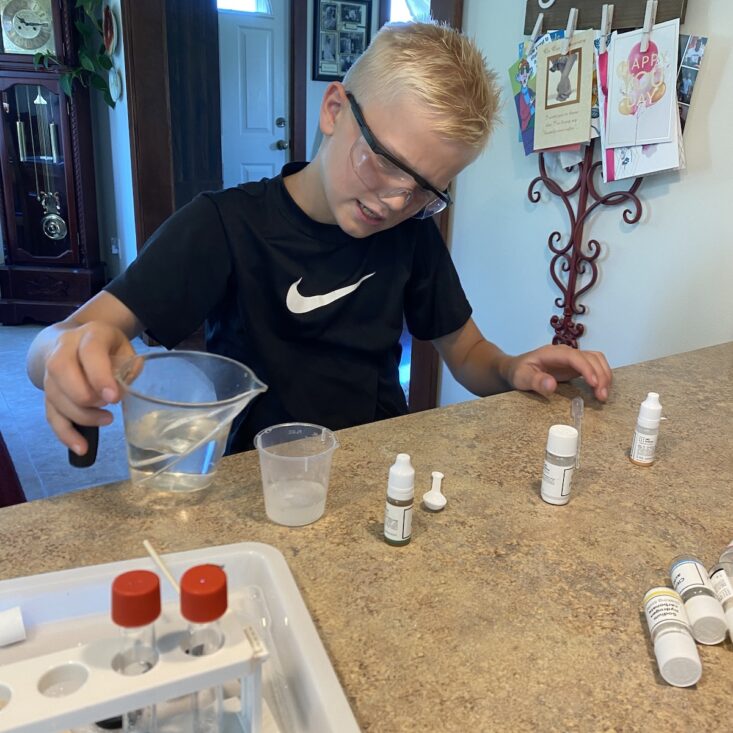
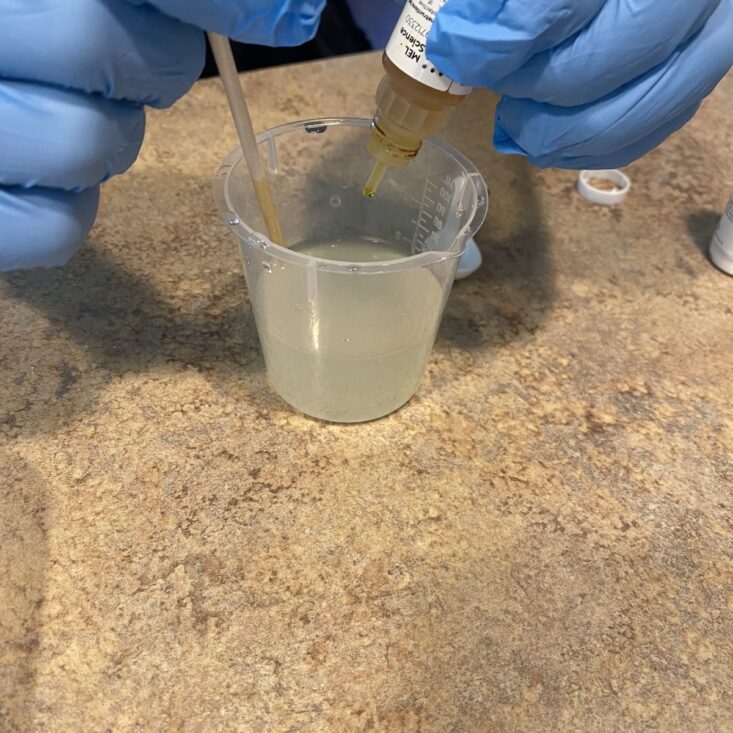







Please do not enter your email address in the Name field or in the comment content. Your email address will not be published. Required fields are marked *. Remember to post with kindness and respect. Comments with offensive language, cruelness to others, etc will not be approved. See our full comment policy here.